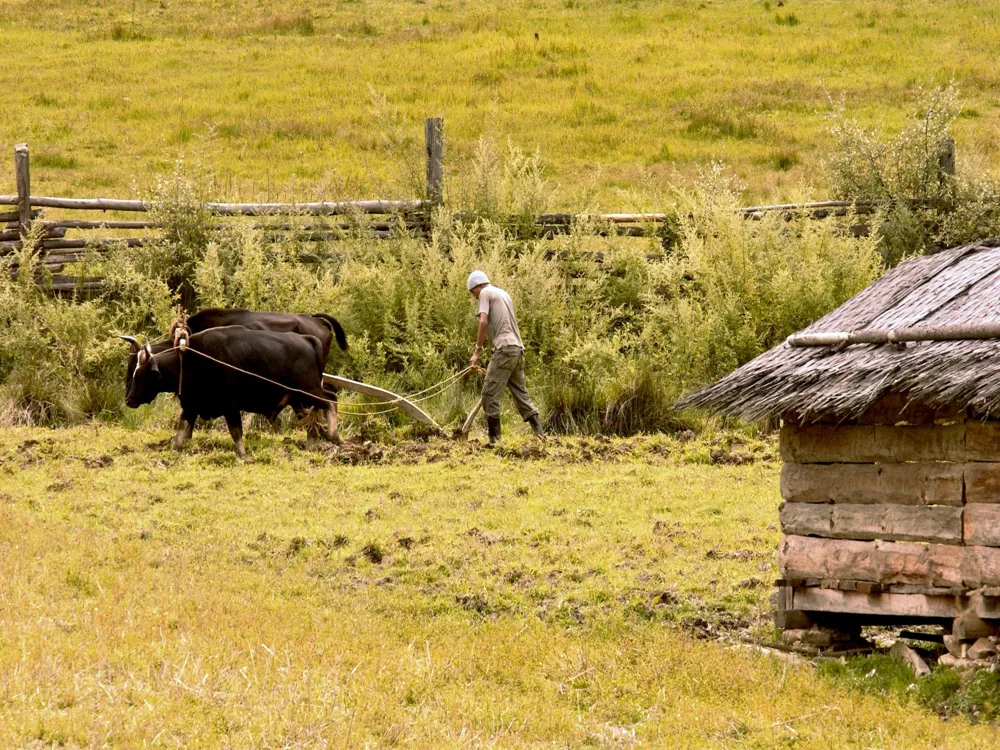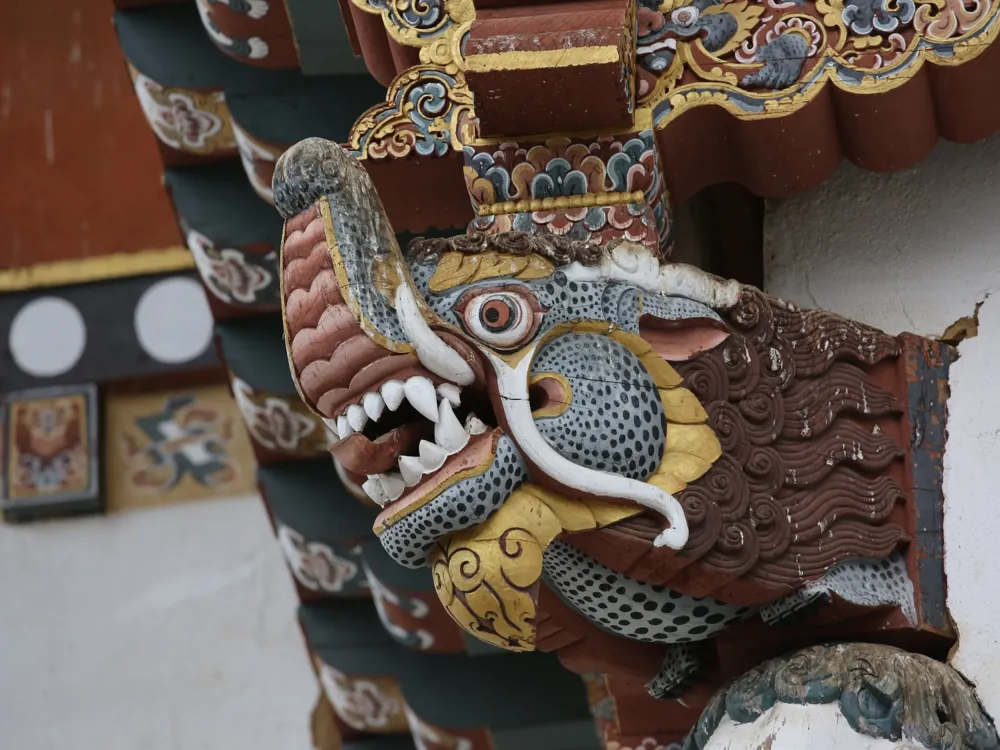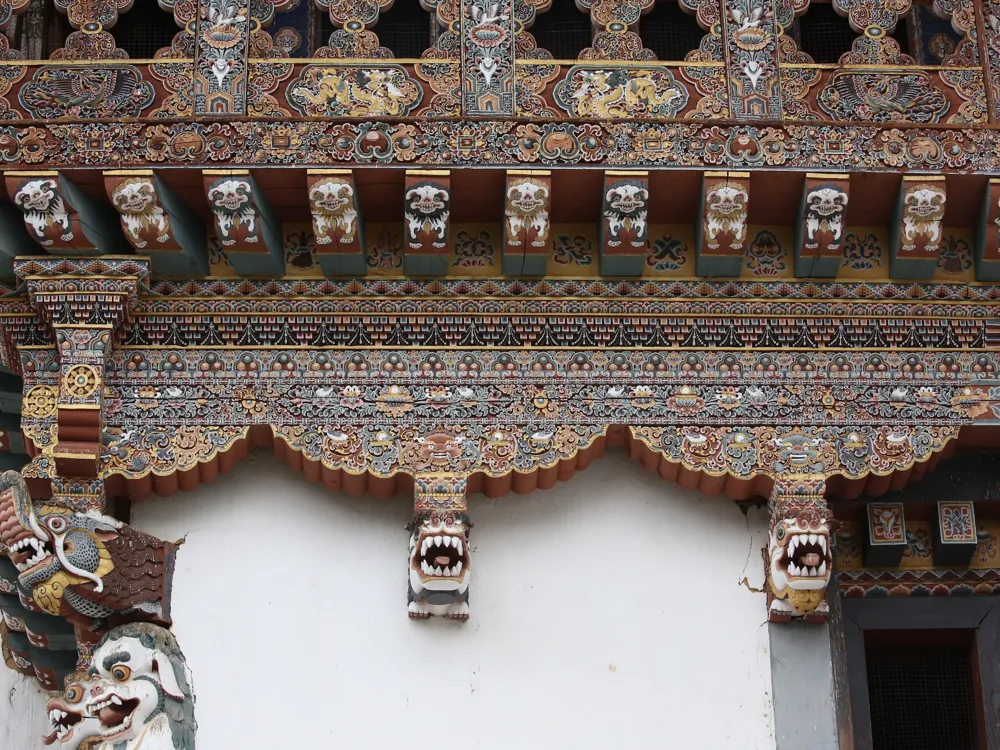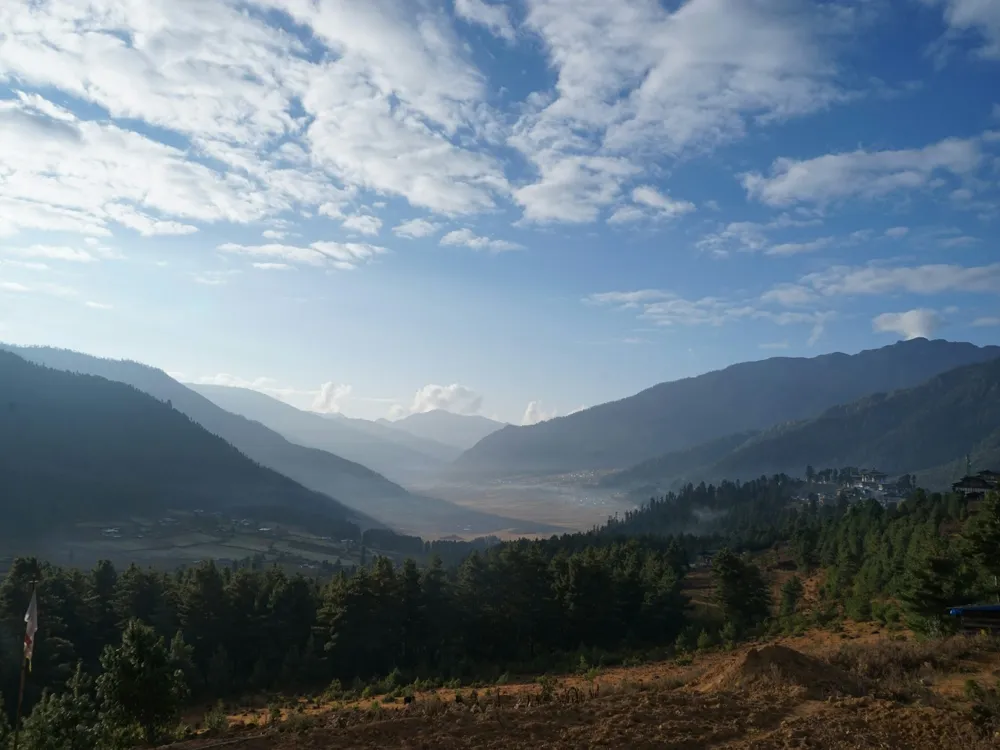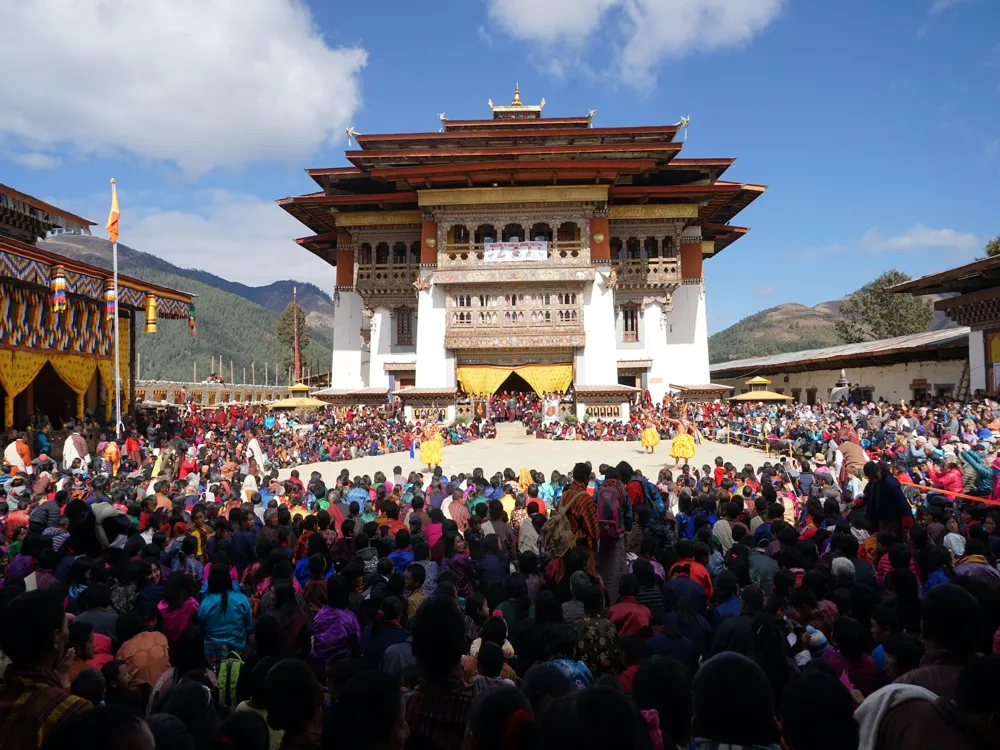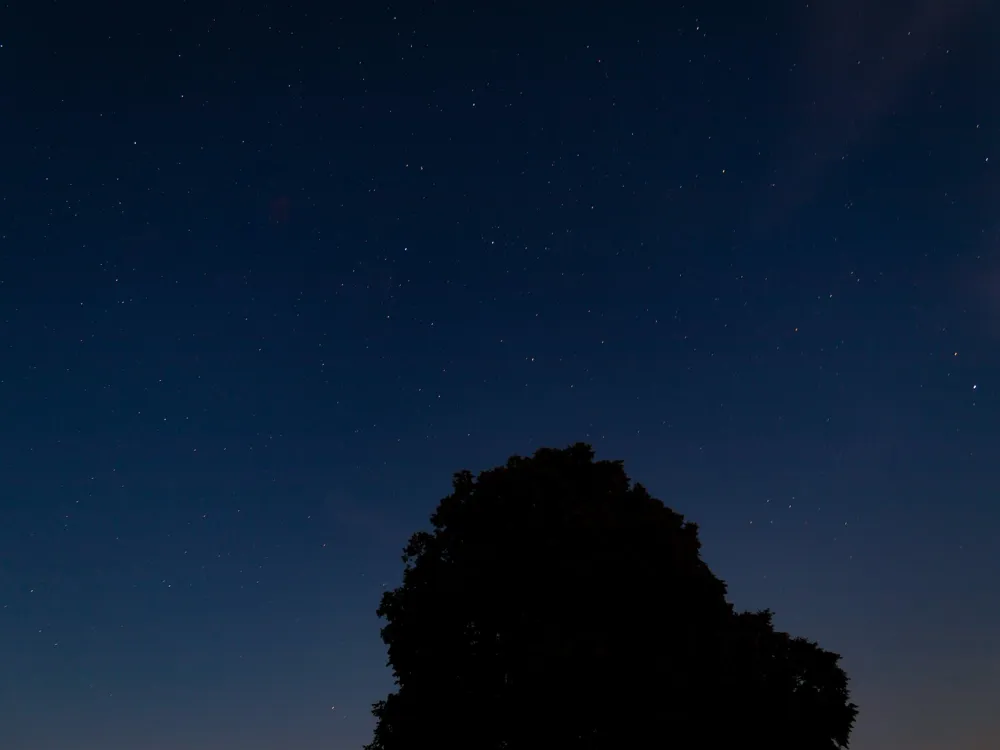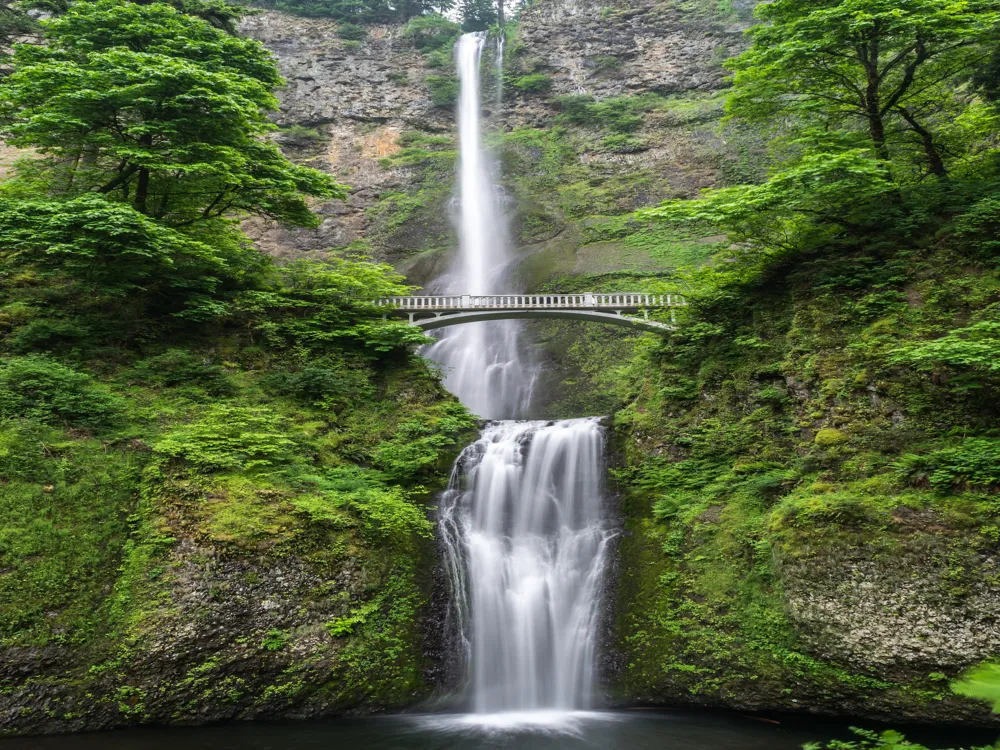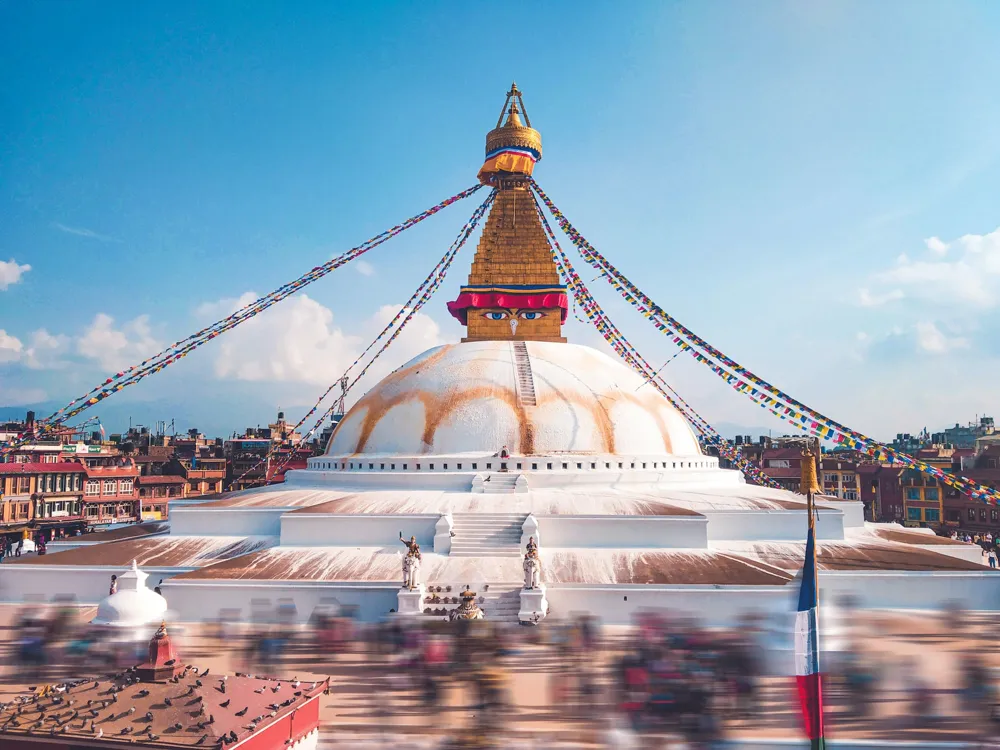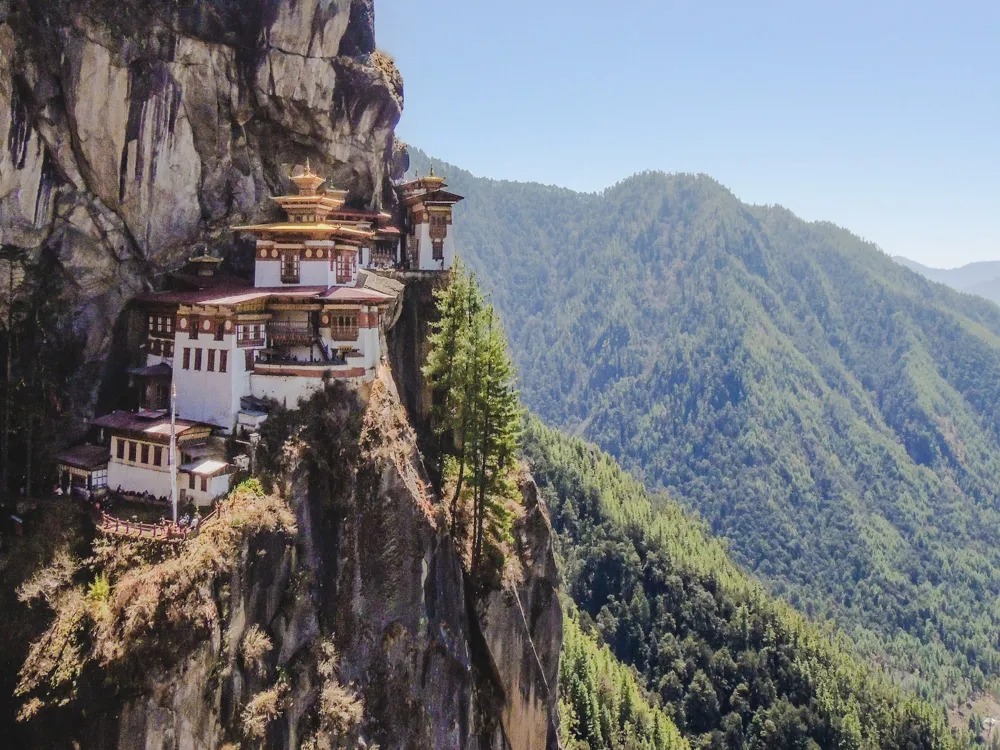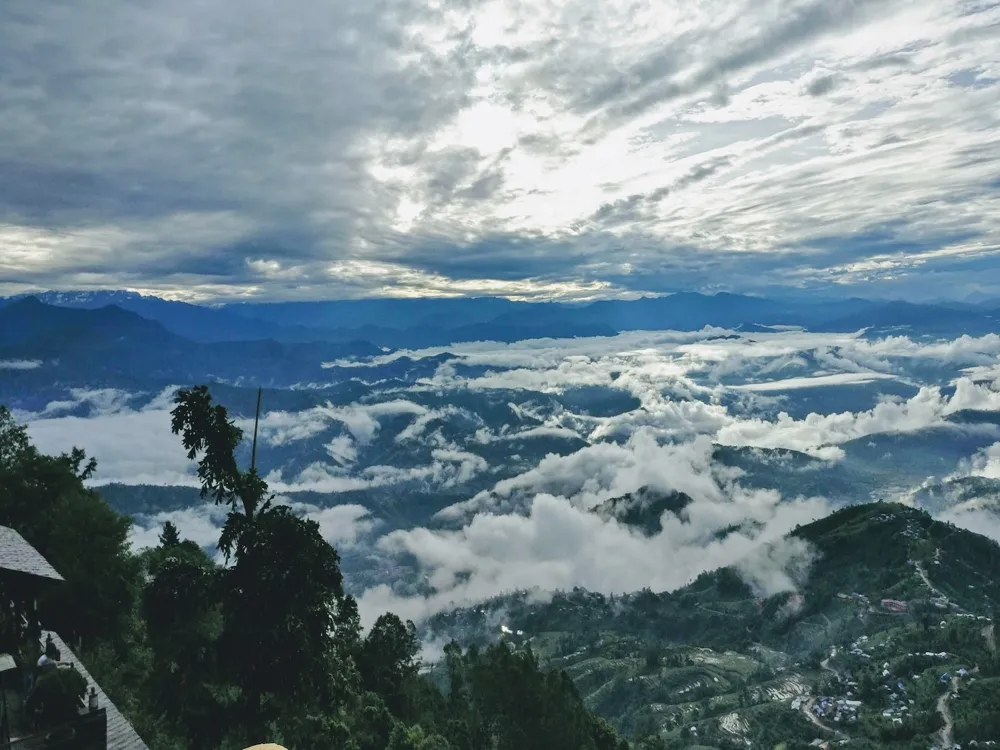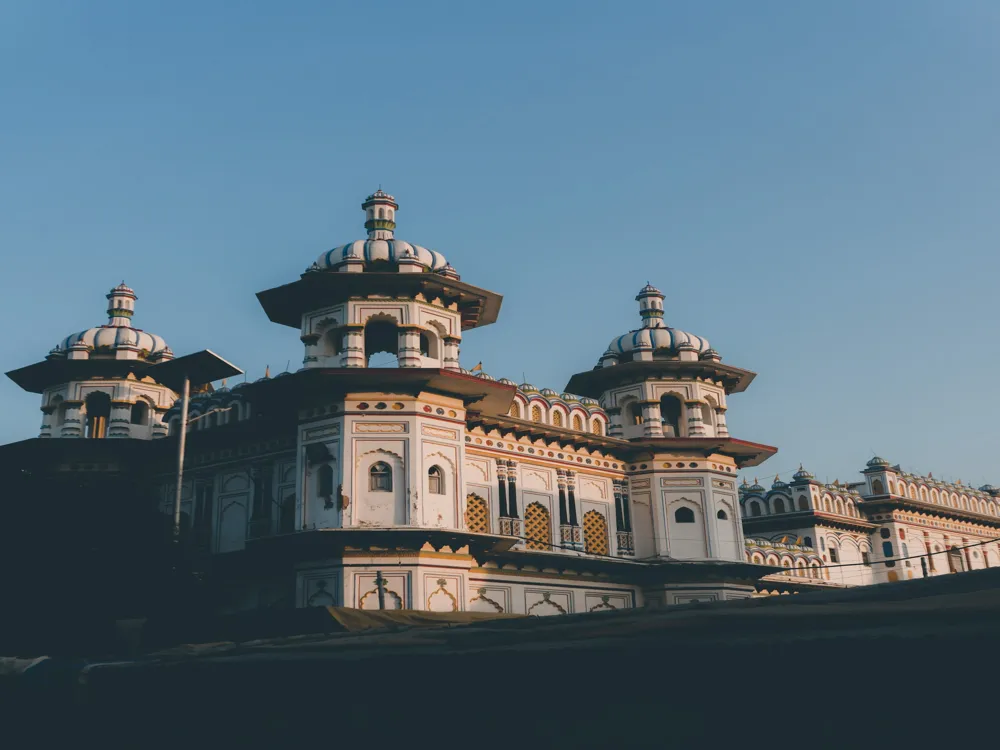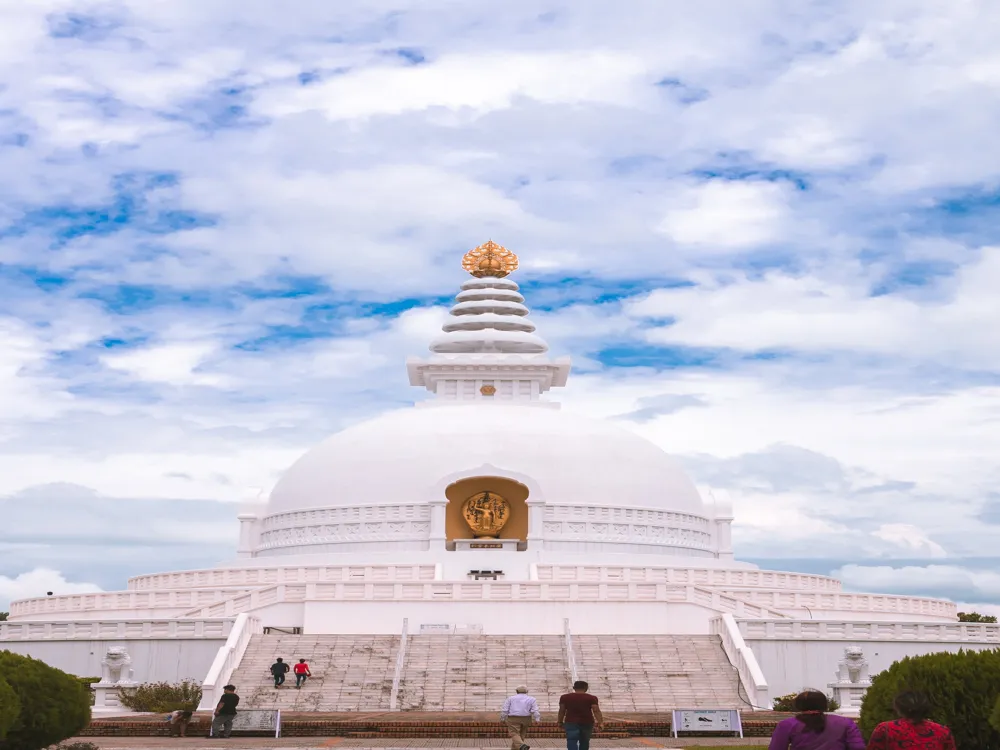Best Time to Visit Phobjikha Valley
Bhutan
6 out of 14 Places to visit in Bhutan₹ 35,368 onwards View Packages
Get Customized PackagesThe Land of Diversity
Top Hotel Collections

Private Pool

Luxury Hotels

5-Star Hotels

Pet Friendly
What is the Best Time to Visit Phobjikha Valley?
Nestled amidst the pristine landscapes of Bhutan, Phobjikha Valley is a breathtaking destination known for its natural beauty, cultural richness, and unique wildlife. Choosing the right time to visit this serene valley is crucial to fully appreciate its wonders. Let's explore the seasons that define the best time to experience the enchantment of Phobjikha Valley:
More about the Best Time to Travel to Phobjikha Valley
Travel Peak Season in Phobjikha Valley
When: October to November
Phobjikha Valley's peak season, spanning from October to November, offers a mesmerizing experience. During these months, the weather is crisp, with temperatures ranging from 4°C to 15°C. This period coincides with the arrival of the endangered black-necked cranes, creating a unique spectacle. The clear skies and pleasant temperatures make it ideal for exploring the valley's monasteries, nature trails, and traditional Bhutanese culture.
Travel Offseason in Phobjikha Valley
When: May to September
The offseason in Phobjikha Valley, occurring from May to September, brings warmer temperatures and occasional rainfall. While this period sees fewer tourists, it offers a different perspective of the valley with lush green landscapes and blooming flowers. The summer months are perfect for birdwatching and enjoying the tranquility of the surroundings.
Phobjikha Valley Travel Packages
View All Packages For Phobjikha Valley
Phobjikha Valley in Shoulder Season
When: March, April, and December
Shoulder seasons in Phobjikha Valley, during March, April, and December, provide a delightful compromise between the peak and offseasons. March and April offer the end of winter and the onset of spring, with temperatures ranging from 2°C to 15°C. December marks the beginning of winter, with temperatures ranging from -5°C to 8°C. These transitional months offer a balance of favorable weather conditions and fewer crowds, making them ideal for a more relaxed visit.
Phobjikha Valley in Hot Season
When: June to August
While Bhutan generally experiences mild temperatures, the summer months from June to August can bring warmer weather to Phobjikha Valley, with temperatures ranging from 10°C to 20°C. This period is excellent for those who prefer milder temperatures and enjoy exploring nature without the chill of winter.
Phobjikha Valley in Rainy Season
When: June to September
The rainy season, from June to September, brings occasional rainfall to Phobjikha Valley. While this may limit some outdoor activities, the valley's landscapes come alive with vibrant colors, and the rain-fed streams add to the picturesque setting. The lower tourist numbers during this period provide a more intimate experience with the valley's natural beauty.
Phobjikha Valley in Cool Season
When: October to February
The cool season, from October to February, is undeniably the best time to visit Phobjikha Valley. With temperatures ranging from -3°C to 12°C, the weather is cool, and the valley is at its most enchanting. This is the prime time to witness the black-necked cranes, explore the Gangtey Monastery, and immerse yourself in the tranquility of Bhutan's rural life.
Places To Visit In Phobjikha Valley
Nearby Places Phobjikha Valley
Phobjikha Valley Photos
View All Photos For Phobjikha ValleyBrowse Package Collections
Browse Hotel Collections
Faq
Q: What is the best time to visit Phobjikha Valley?
A: The ideal time to visit Phobjikha Valley is during the winter months, from late October to early March. This period offers a chance to witness the captivating migration of the endangered black-necked cranes, a unique and mesmerizing natural spectacle.
Q: Why is winter considered the best time to visit Phobjikha Valley?
A: Winter is the best time to visit Phobjikha Valley because it coincides with the black-necked crane migration season. During this time, the valley becomes a haven for bird enthusiasts and nature lovers, providing a rare opportunity to observe these majestic birds in their natural habitat.
Q: What is the weather like during the recommended months?
A: The winter months in Phobjikha Valley are cold, with temperatures ranging from sub-zero to moderate levels. Visitors should be prepared for chilly weather and are advised to dress in layers to stay warm, especially during early mornings and late evenings.
Q: Are there any festivals or events during the recommended period?
A: Yes, the Black-Necked Crane Festival is a notable event held in Phobjikha Valley during November. This festival celebrates the arrival of the cranes and includes cultural performances, traditional Bhutanese music, and dance, providing a unique cultural experience for visitors.
Q: Can I visit Phobjikha Valley during other times of the year?
A: While winter is the prime time to witness the black-necked crane migration, Phobjikha Valley is charming throughout the year. Spring (March to May) and autumn (September to October) offer pleasant weather with blooming flowers and lush landscapes, making them good alternatives for those who prefer milder temperatures.

